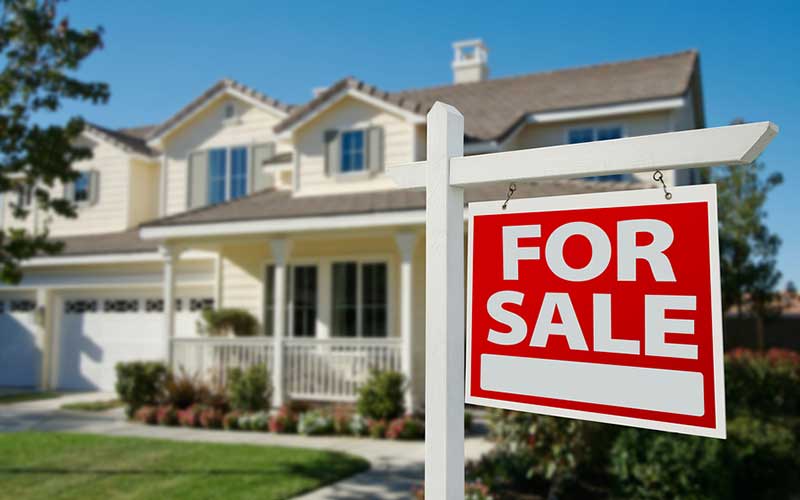
If you are getting ready to downsize or move to a warmer climate, there are things you can do to increase the value of your home. But not all home improvement projects will offer a return on your investment. You need to balance your investment in updates and renovations with what you may be able to get when you sell.
But if you have been maintaining and updating your home throughout the time you have owned it, you may have already added some of these updates. Plus you were able to enjoy them while you have been living there.
Let’s dive into several ideas that can help you add value to your home.
Update your kitchen
Kitchens are the heart of your home. It’s where people gather, enjoy company and great food. When someone is looking to purchase a home, the kitchen will be the place that can make or break the sale.
A quick refresh may be all you need if your kitchen was well designed. You might be able to paint the cabinets to upgrade them to a more modern look. Or you might need to update the appliances, countertops and sink to really make it shine.
A modern, well-maintained kitchen will increase the value and contribute to you getting the asking price for your home. You also will recoup about 80% of what you spent on a kitchen remodel.
Renovate your bathrooms
We’re not talking about a total bathroom remodel where you gut the room and start over. A few inexpensive updates can make your bathroom stand out.
Small updates like a new vanity, better plumbing and recessed lights can give your bathroom an updated look. Replace your faucet with a newer, more stylish option. Inspect the countertop for signs of wear and tear and replace it with a new version.
If you have tile floors and walls, consider having the new grout added. If your tiles are dated, you may want to have them replaced.
Update the necessities
How old is your water heater, electrical panel or heating system? In today’s energy efficiency world, updating these to new models can help with getting more during the sale. These parts of your home may not be the most exciting, when they break down, they can be the most troublesome.
Old systems can deter someone from purchasing your home.
- Replace your water heater if it is 10 years old with a new energy efficient version.
- Inspect your heating system to ensure it is working properly.
- Update your electrical panel to comply with today’s codes.
Buyers may not want to deal with the hassles of hiring HVAC or electricians to upgrade these necessities and could walk away from the purchase.
Improve curb appeal
The exterior of your home is the first thing people see. A shabby exterior will deter buyers. You may never get a second chance of impressing the buyer. Take an inventory of things you can do to make your home inviting.
Inspect the exterior of the home to make sure siding, windows and your roof are not showing age or disrepair. Replace any siding that is damaged or rotted. Have your roof inspected to ensure it isn’t needing to be replaced. Paint your front door.
Bring in a landscaper to edge and mulch your gardens, trim bushes and plant some flowers once spring really gets here.
Apply a fresh coat of paint
Interior décor is personal. You may like darker paint on the walls or wallpaper in the living room, but when trying to sell your home, they may distract people from seeing the strengths of the home.
Remove wallpaper and paint the walls in neutral colors such as beige, taupe, gray or one of the many “whites” available. Lighter colors make small rooms appear larger. Plain walls allow the buyer to see the room and envision it in their style.
Get a home inspection to help you plan
You can do a cursory inspection of your home, but a professional inspector knows what to look for. They will go through your home and provide a report of the condition of the home including roof, floors, gutters, windows and foundation. This report will give you the data you need to make decisions on what you should do and what you can ignore.
Remember that your home has a cap on what you will get based on your neighborhood and market values. Make an inventory of all the things you could do, and plan which ones you should do based on how much they will increase the value of your home.
